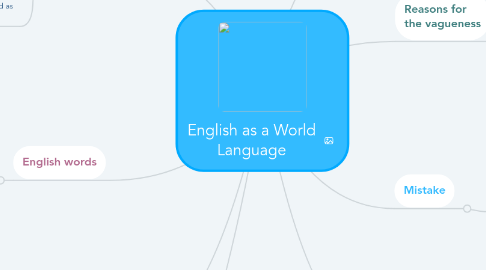English as a World Language
by Denis Morales


1. English
1.1. English words are taken just as they are, but sometimes they are adapted to local needs
1.2. The hunger for English is gargantuan.
1.3. Sometimes English words are given largely contrary meanings
1.4. They need it to function in the world at large.
1.5. In many places English is widely resented as a symbol of colonialism
2. English words
2.1. Not all languages have welcomed the invasion of English words
2.1.1. Among the Japanese borrowings:
2.1.1.1. erebata—elevator
2.1.1.2. bata—butter
2.1.1.3. beikon—bacon
2.1.1.4. sarada—salad
2.1.1.5. hamu—ham
2.2. Artificial language: Because of the difficulties inherent in translation
3. Maintenance of the Purity of the French Language
3.1. Introduced fines for using illegal anglicisimes
4. More compelling reason for an international language
4.1. it is the frequency and gravity of misunderstandings owing to difficulties of translation
4.2. English is capable of waffle and obfuscation,
4.3. It is nonetheless generally more straightforward than Eastern languages and less verbose than other Western ones
5. English is the most global of languages.
5.1. It is used in countries with a population of about 1.6 billion,
5.2. It has even affected the syntax of other languages.
6. Reasons for the vagueness
6.1. It is not simply a matter of taking all the English-speaking countries in the world
6.2. Adding up their populations.
6.3. Deciding whether a person speaks English
6.4. Simply thinks he speaks it.
7. Mistake
7.1. English is widely spoken in the world because it has some overwhelming intrinsic appeal to foreigners.
8. Basic English
8.1. Consisted of paring the English language down to just 850 essential words, including a mere 18 verbs
8.2. Those who learned Basic English
8.2.1. Be able to write simple messages
8.2.2. Morphology, syntax, and idiom are far more difficult
8.2.3. The conciseness of the vocabulary
